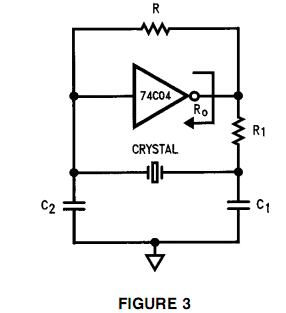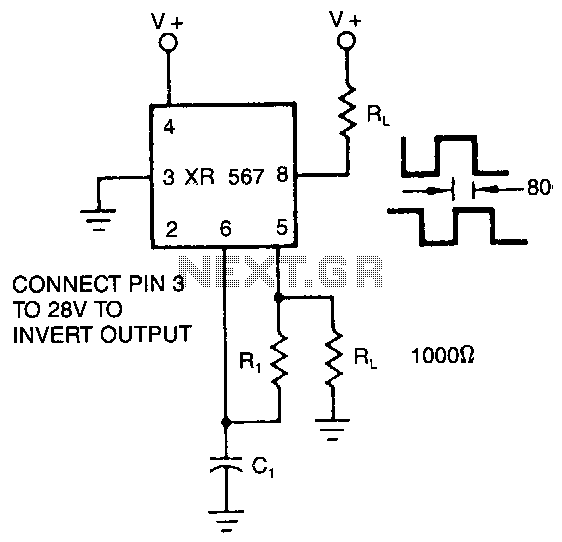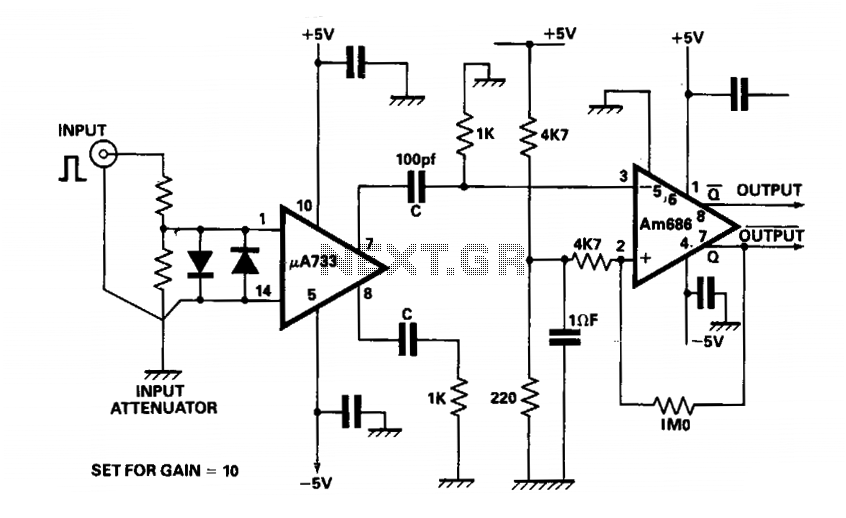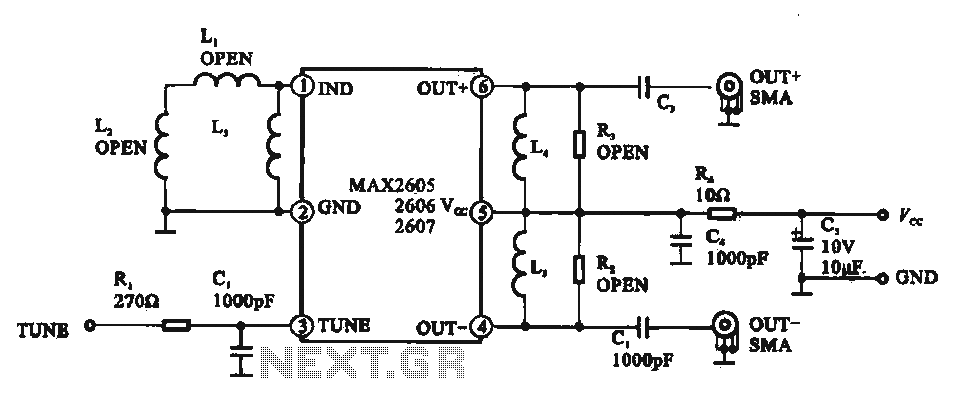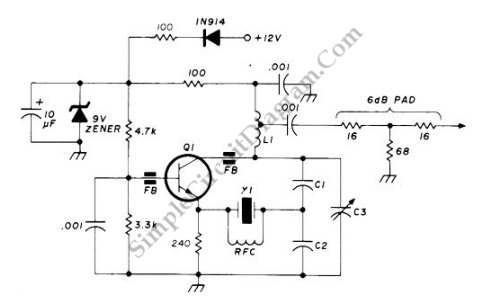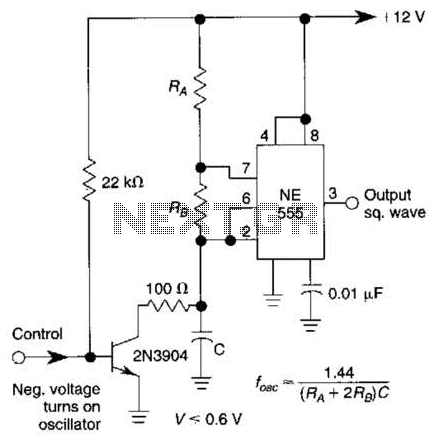
10Khz oscillator
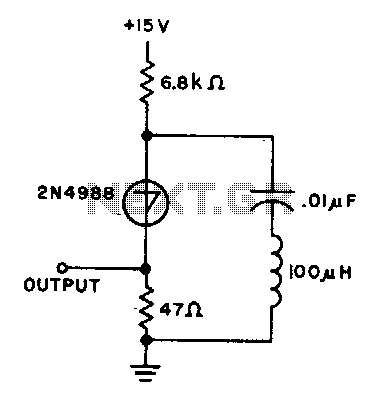
The capacitor charges until the switching voltage is reached. When the switch (SUS) is activated, the inductor causes the current to oscillate. When the current through the switch drops below the holding current, the device turns off, and the cycle repeats.
In this circuit, the operation begins with the capacitor charging to a predetermined switching voltage. This voltage is critical as it determines when the switch (SUS) will activate. Upon reaching this voltage threshold, the SUS switch closes, allowing current to flow through the inductor. The inductor, due to its property of opposing changes in current, causes the current to oscillate or "ring." This oscillation is a result of the energy stored in the inductor being released and then reabsorbed in the circuit.
As the current continues to flow, it eventually decreases. The point at which this current falls below a specific value known as the holding current is essential for the operation of the circuit. Once this threshold is crossed, the SUS switch turns off, interrupting the current flow. This cessation of current causes the capacitor to begin charging again, thus restarting the cycle.
This repeating cycle of charging, switching, and discharging is fundamental in various applications, such as in power converters or oscillators, where controlled energy transfer is necessary. The precise values of the capacitor, inductor, and the defined switching and holding currents are crucial for the stability and efficiency of the circuit's operation. Proper selection of these components ensures that the desired performance characteristics are achieved, contributing to the overall functionality of the electronic system.The capacitor charges until switching voltage is reached. When SUS switches on, the inductor causes current to ring When the current thru SUS drops below the holding current, the device turns off and the cycle repeats. 🔗 External reference
In this circuit, the operation begins with the capacitor charging to a predetermined switching voltage. This voltage is critical as it determines when the switch (SUS) will activate. Upon reaching this voltage threshold, the SUS switch closes, allowing current to flow through the inductor. The inductor, due to its property of opposing changes in current, causes the current to oscillate or "ring." This oscillation is a result of the energy stored in the inductor being released and then reabsorbed in the circuit.
As the current continues to flow, it eventually decreases. The point at which this current falls below a specific value known as the holding current is essential for the operation of the circuit. Once this threshold is crossed, the SUS switch turns off, interrupting the current flow. This cessation of current causes the capacitor to begin charging again, thus restarting the cycle.
This repeating cycle of charging, switching, and discharging is fundamental in various applications, such as in power converters or oscillators, where controlled energy transfer is necessary. The precise values of the capacitor, inductor, and the defined switching and holding currents are crucial for the stability and efficiency of the circuit's operation. Proper selection of these components ensures that the desired performance characteristics are achieved, contributing to the overall functionality of the electronic system.The capacitor charges until switching voltage is reached. When SUS switches on, the inductor causes current to ring When the current thru SUS drops below the holding current, the device turns off and the cycle repeats. 🔗 External reference
